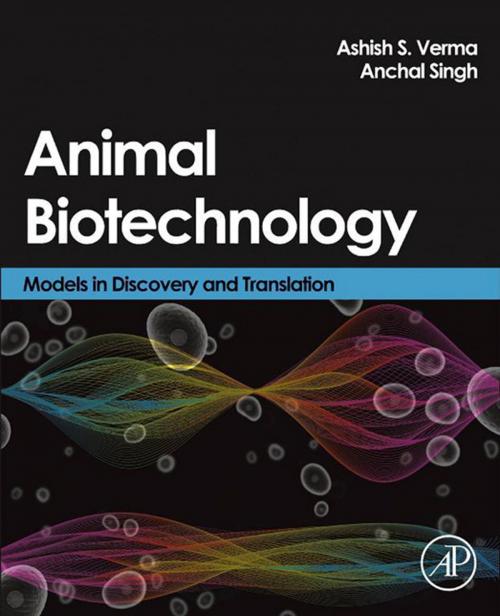Animal Biotechnology
Models in Discovery and Translation
Nonfiction, Science & Nature, Science, Biological Sciences, Biotechnology, Zoology| Author: | ISBN: | 9780123914347 | |
| Publisher: | Elsevier Science | Publication: | November 4, 2013 |
| Imprint: | Academic Press | Language: | English |
| Author: | |
| ISBN: | 9780123914347 |
| Publisher: | Elsevier Science |
| Publication: | November 4, 2013 |
| Imprint: | Academic Press |
| Language: | English |
Animal Biotechnology introduces applications of animal biotechnology and implications for human health and welfare. It begins with an introduction to animal cell cultures and genome sequencing analysis and provides readers with a review of available cell and molecular tools. Topics here include the use of transgenic animal models, tissue engineering, nanobiotechnology, and proteomics. The book then delivers in-depth examples of applications in human health and prospects for the future, including cytogenetics and molecular genetics, xenografts, and treatment of HIV and cancers. All this is complemented by a discussion of the ethical and safety considerations in the field.
Animal biotechnology is a broad field encompassing the polarities of fundamental and applied research, including molecular modeling, gene manipulation, development of diagnostics and vaccines, and manipulation of tissue. Given the tools that are currently available and the translational potential for these studies, animal biotechnology has become one of the most essential subjects for those studying life sciences.
- Highlights the latest biomedical applications of genetically modified and cloned animals with a focus on cancer and infectious diseases
- Provides firsthand accounts of the use of biotechnology tools, including molecular markers, stem cells, and tissue engineering
Animal Biotechnology introduces applications of animal biotechnology and implications for human health and welfare. It begins with an introduction to animal cell cultures and genome sequencing analysis and provides readers with a review of available cell and molecular tools. Topics here include the use of transgenic animal models, tissue engineering, nanobiotechnology, and proteomics. The book then delivers in-depth examples of applications in human health and prospects for the future, including cytogenetics and molecular genetics, xenografts, and treatment of HIV and cancers. All this is complemented by a discussion of the ethical and safety considerations in the field.
Animal biotechnology is a broad field encompassing the polarities of fundamental and applied research, including molecular modeling, gene manipulation, development of diagnostics and vaccines, and manipulation of tissue. Given the tools that are currently available and the translational potential for these studies, animal biotechnology has become one of the most essential subjects for those studying life sciences.
- Highlights the latest biomedical applications of genetically modified and cloned animals with a focus on cancer and infectious diseases
- Provides firsthand accounts of the use of biotechnology tools, including molecular markers, stem cells, and tissue engineering















